Raja Ampat is credited with having the richest marine biodiversity on Earth. It is a collection of over 1,500 small islands, cays, and shoals in the far eastern section of Indonesia, off the island of Papua. The landscape is so stunning it is included on the back of the 100,000 Rupiah note, which is Indonesia’s largest banknote (worth about $6.50).
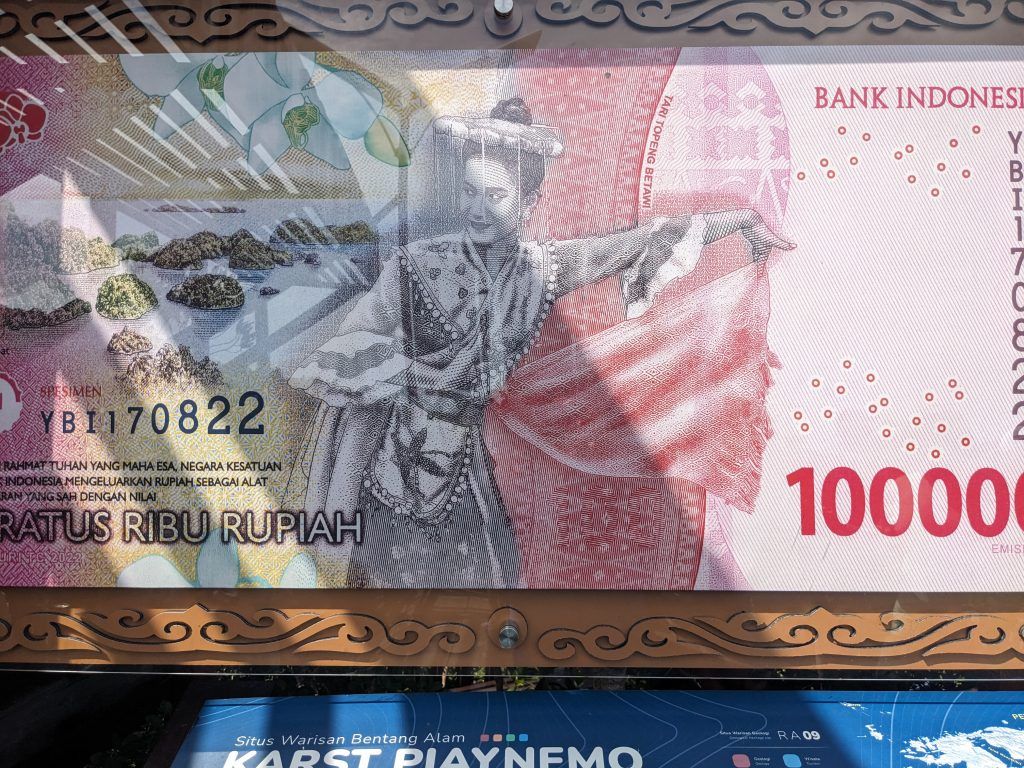
Here’s the real life pictures of the Piaynemo section of Raja Ampat which is represented on the rupiah note.
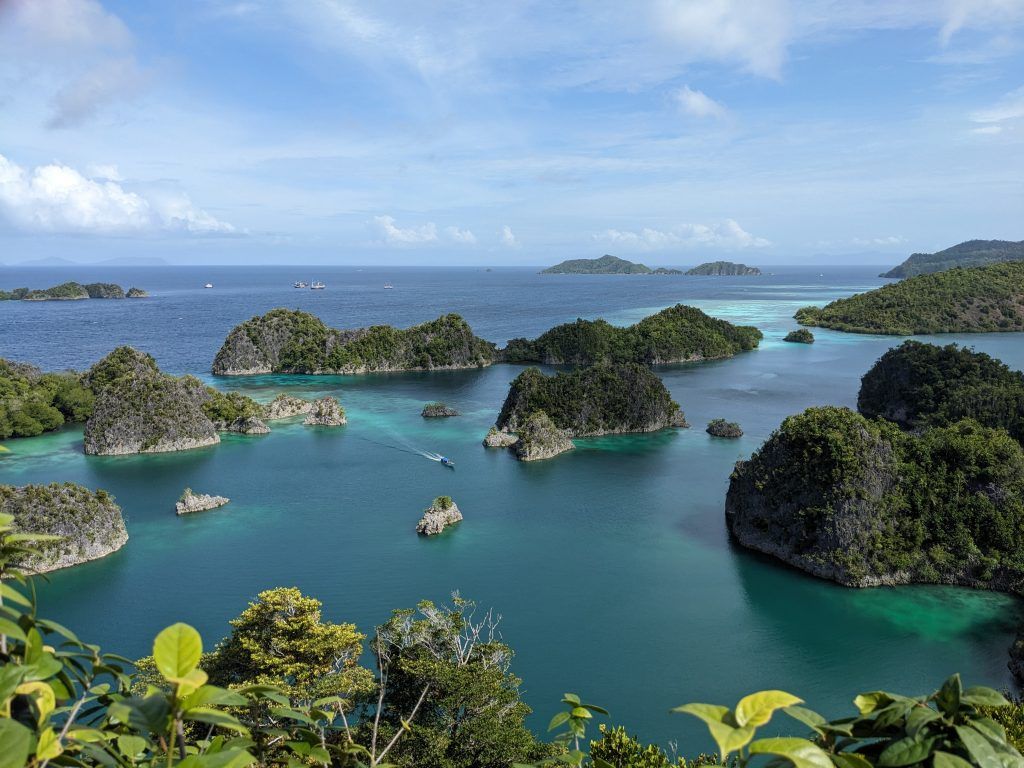
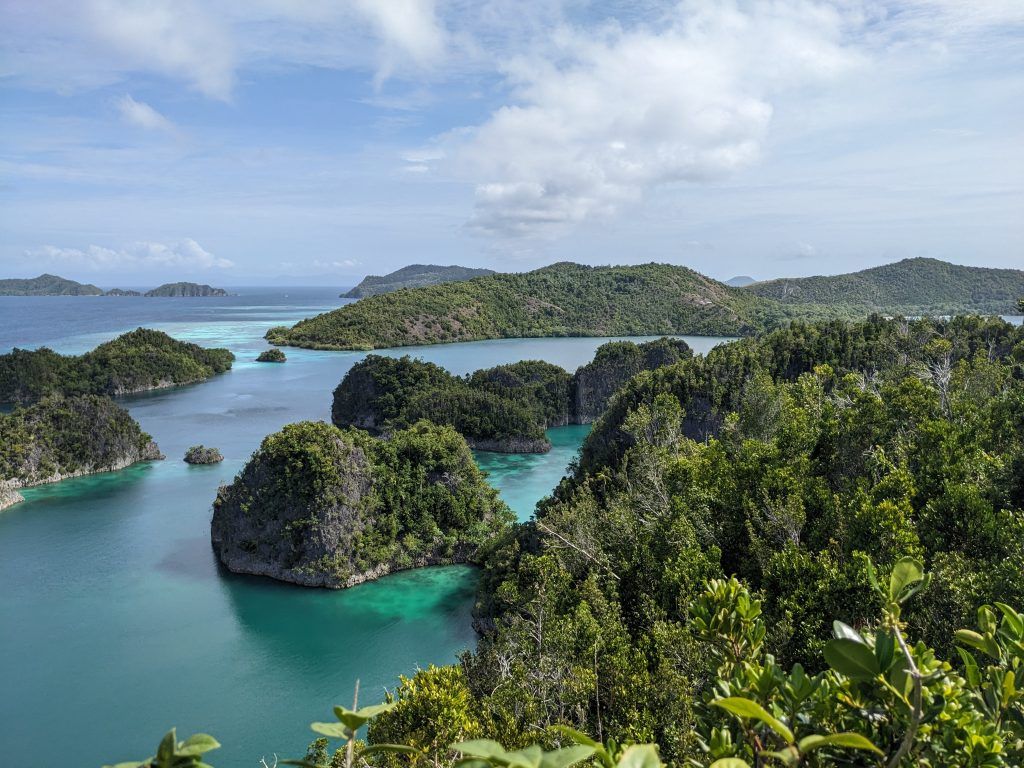
We also visited nearby Telaga Bintang, which had its own spectacular views.
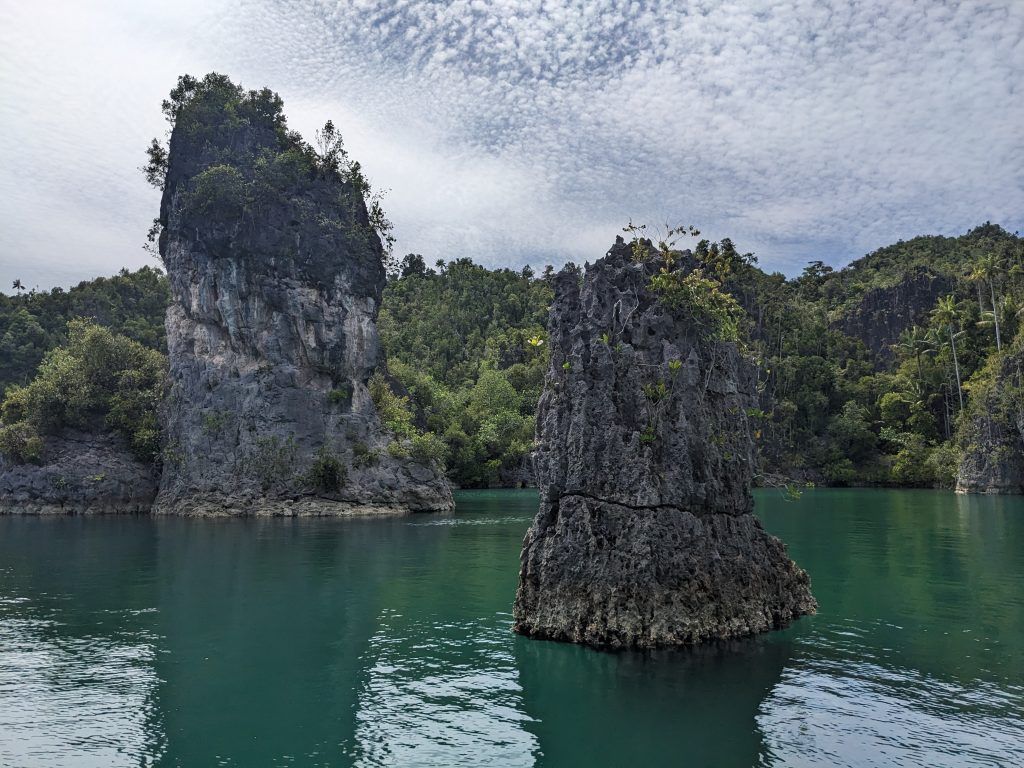
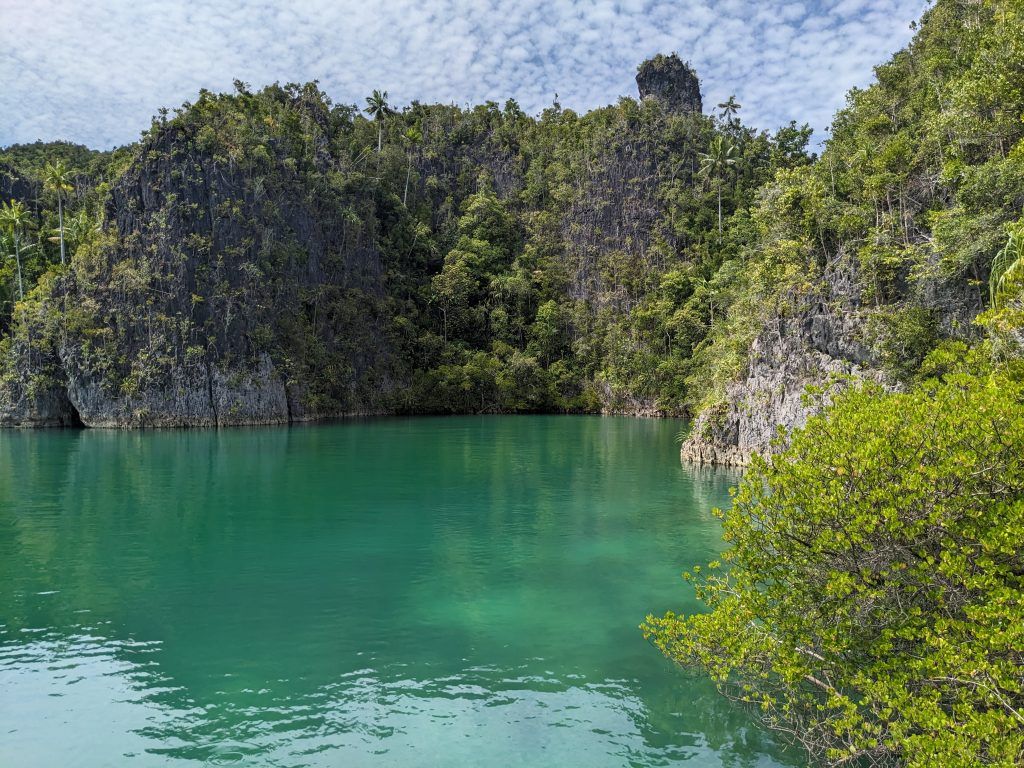
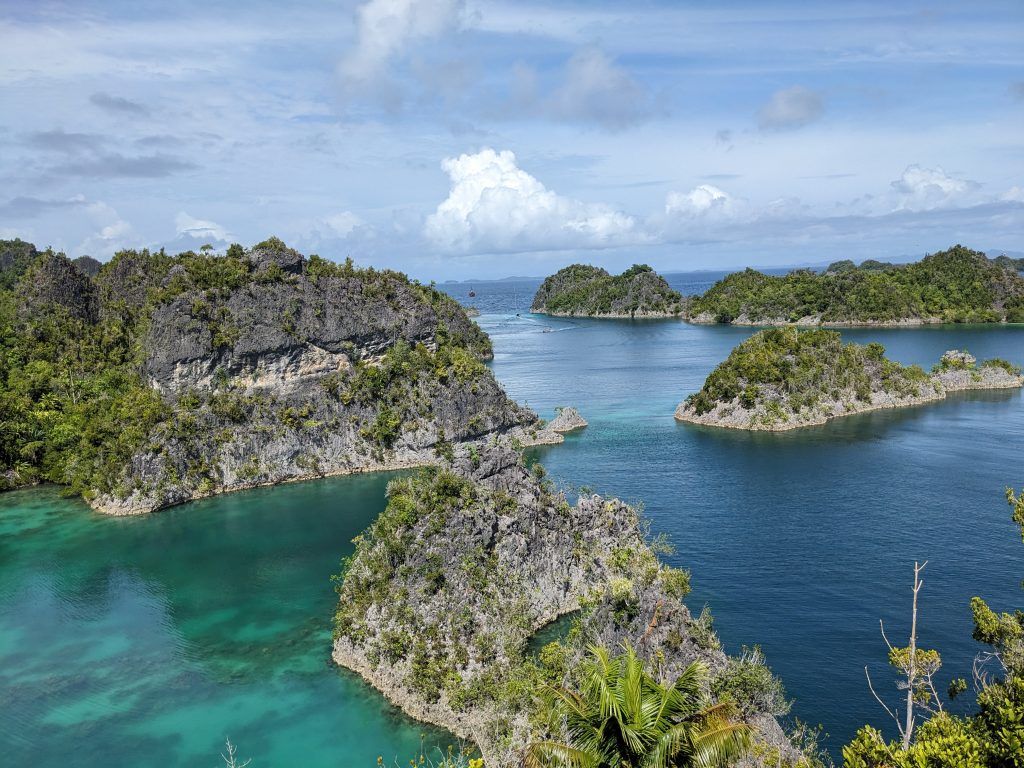
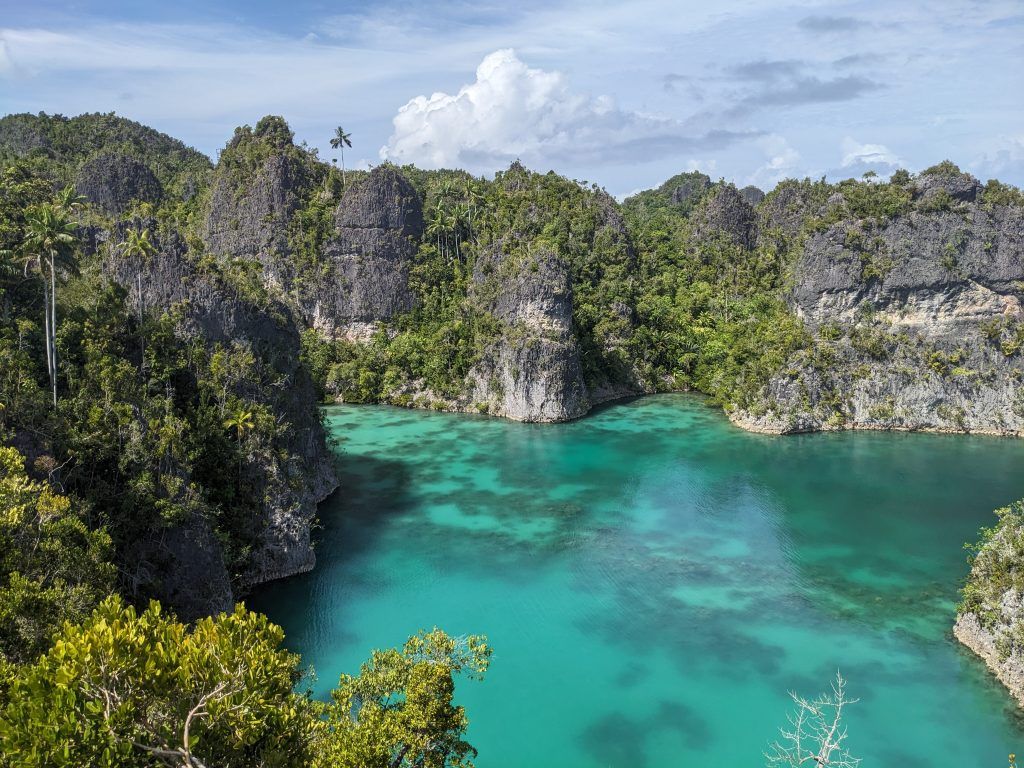
We did another land excursion through some of the waterways of Gam Island.
This included snorkeling through a lovely cave.
Getting to Raja Ampat is extremely difficult. I took a midnight flight from Jakarta that landed in Sorong (the capital of Indonesia Papua) at 6am, then took a 9am ferry to the island of Waisai. Finally I took a one hour boat ride in an open motorboat to Kri Island. Unfortunately it was raining profusely for this last boat ride and I got throroughly soaked in the rain.
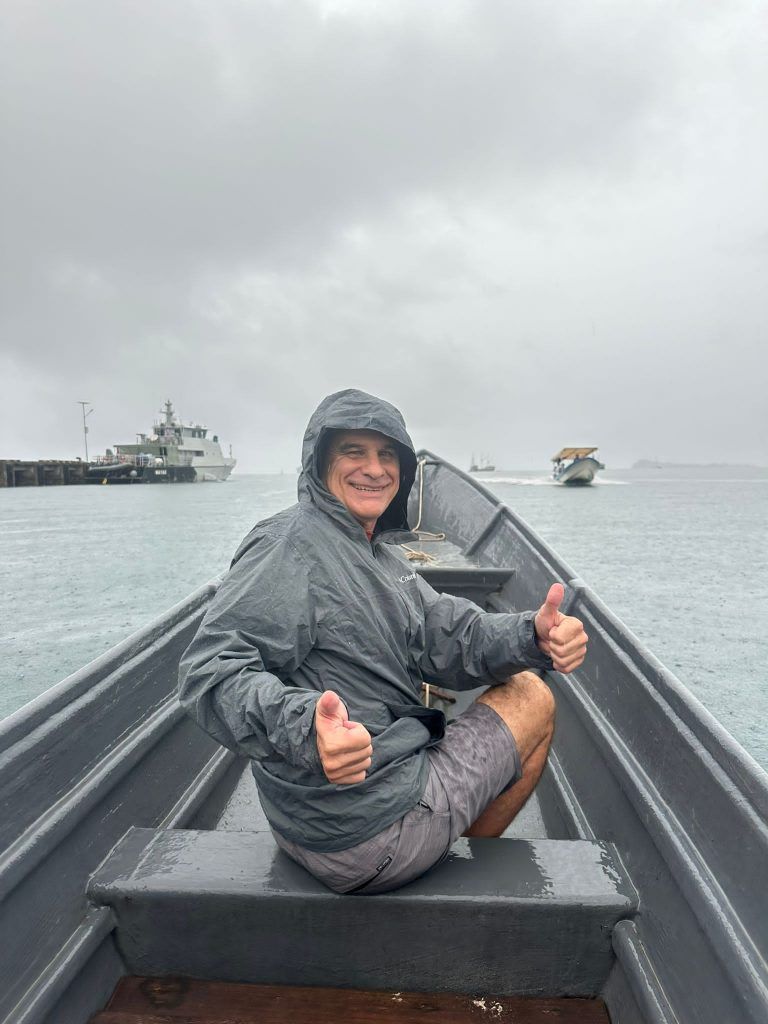
I stayed at the basic Yenbuba Homestay cottages on Kri Island. Most cottages were out on the water with a shared bathroom on the beach.
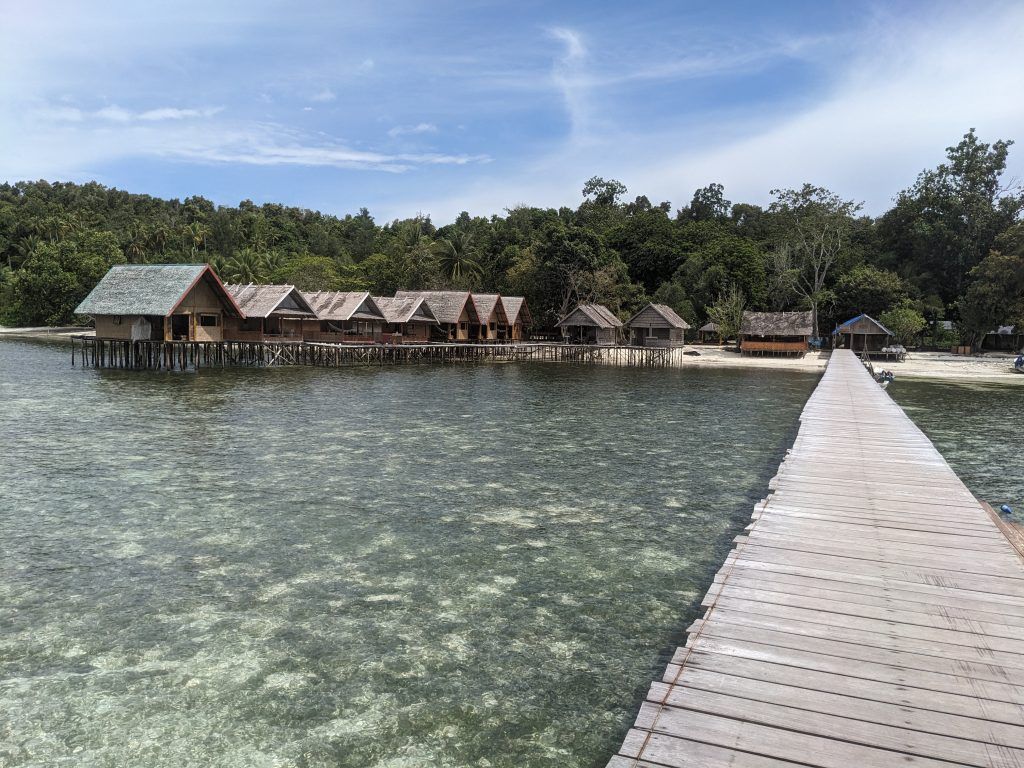
I stayed at one of the two beach cottages where I had my own basic bathroom.
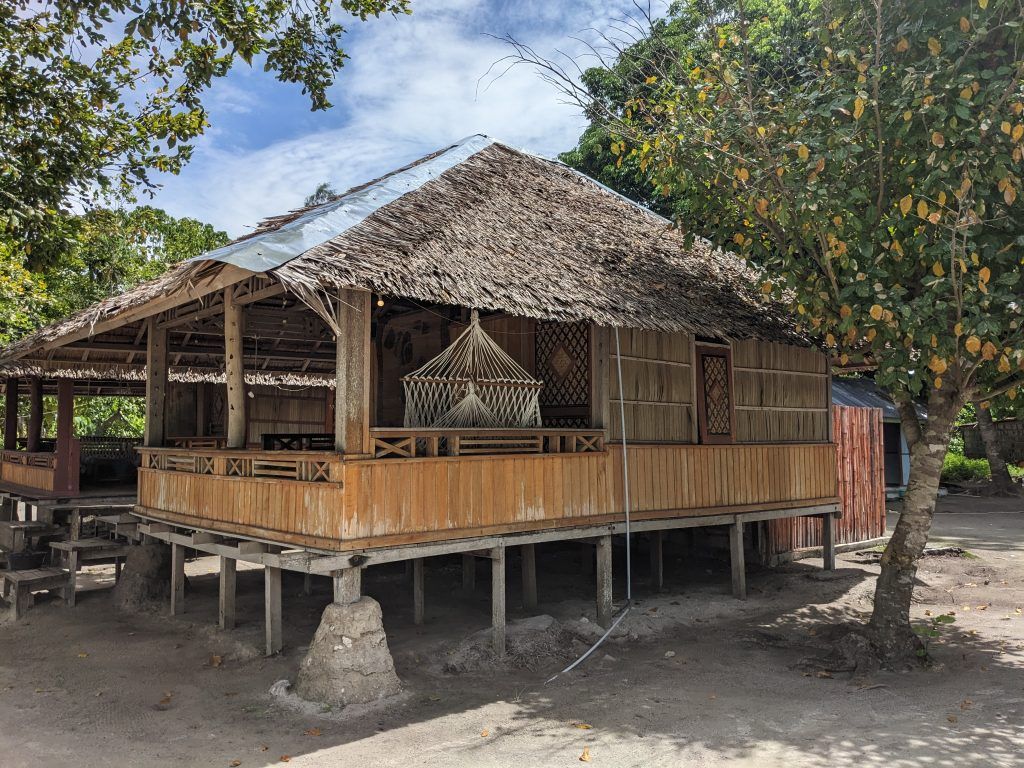
The view from my porch.
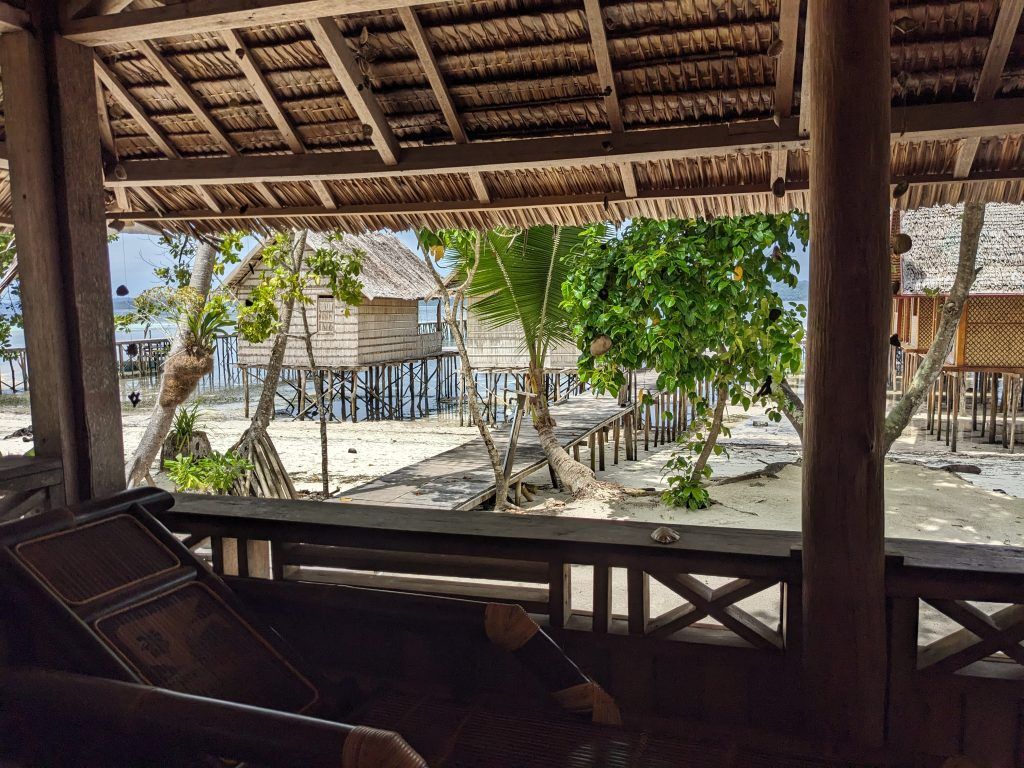
My bed inside my small room.
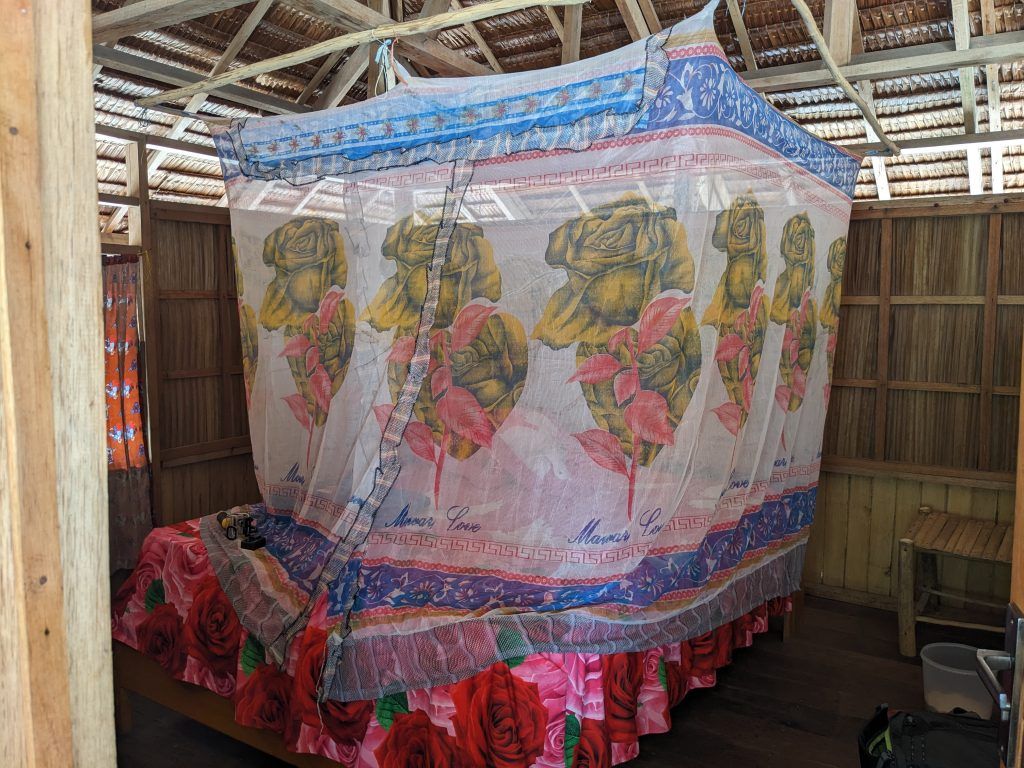
The bathroom included an outdoor shower…
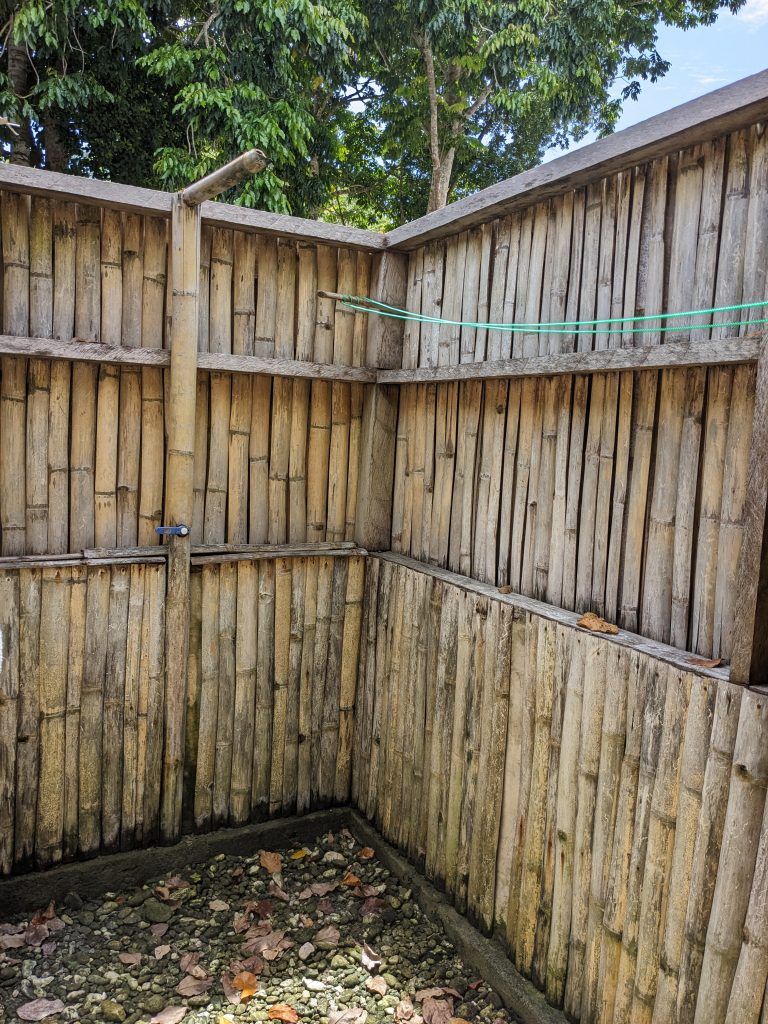
…a coconut shell sink…
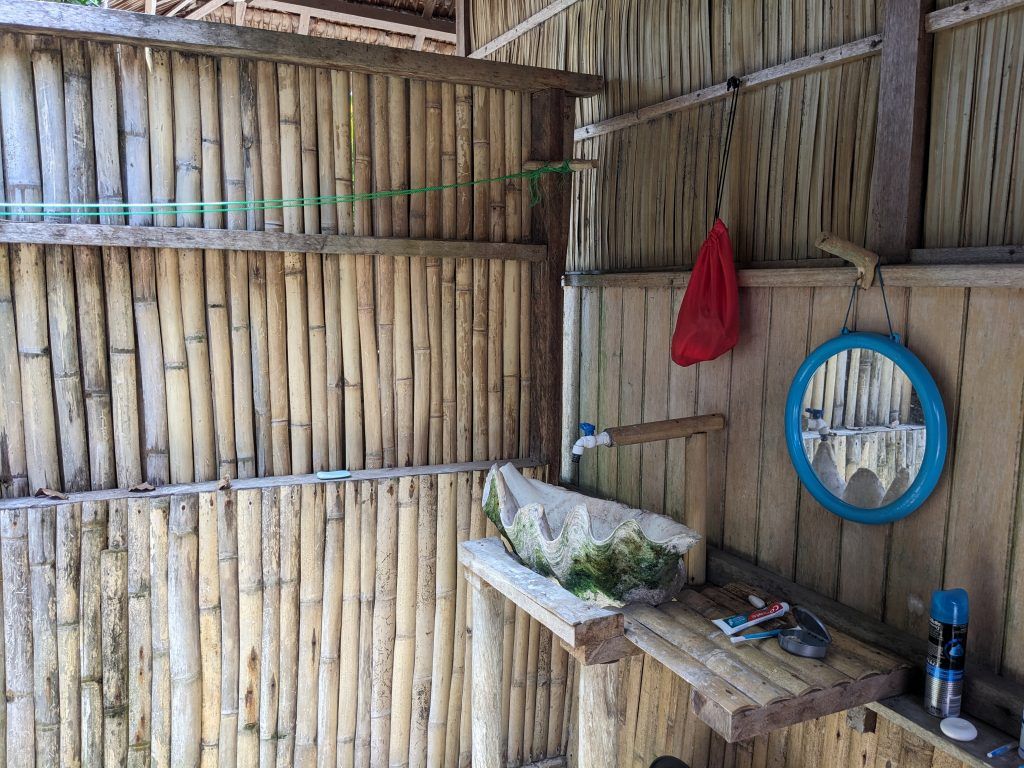
…and a basic toilet.
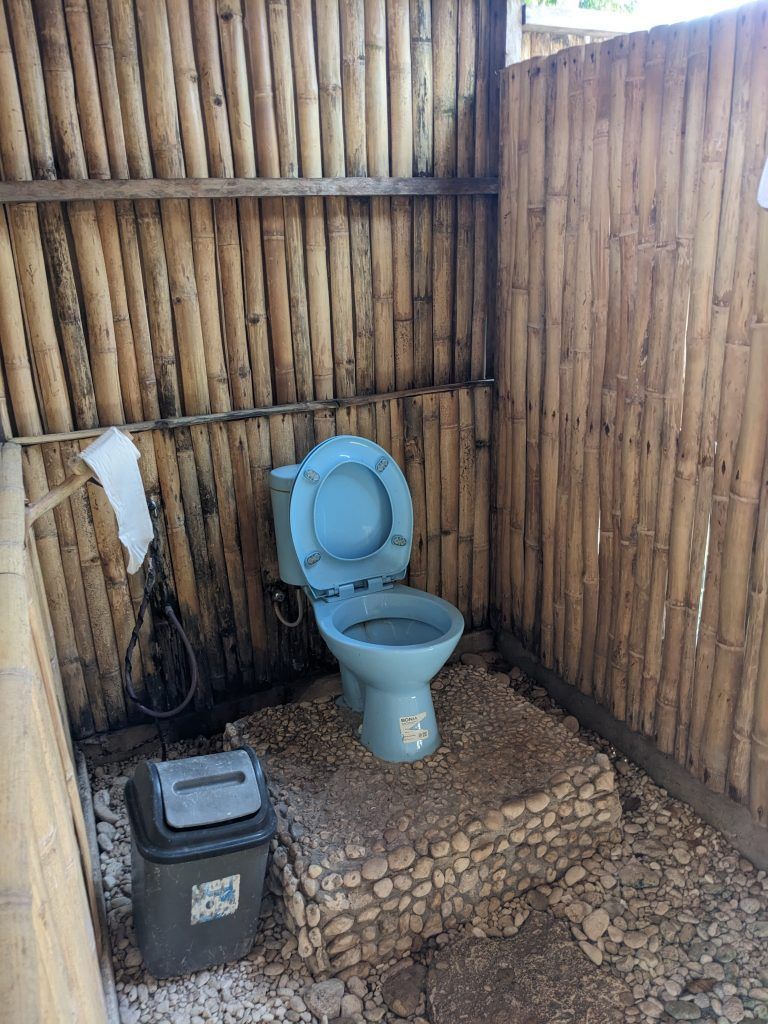
Our dining building…
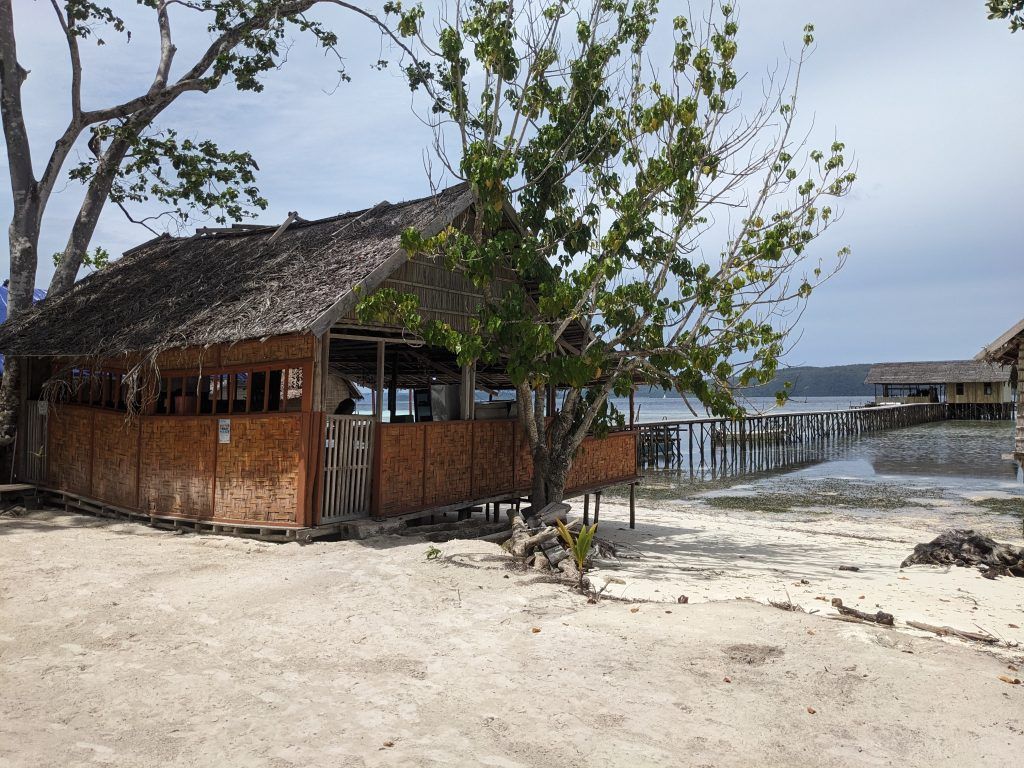
…where we had our basic meals.
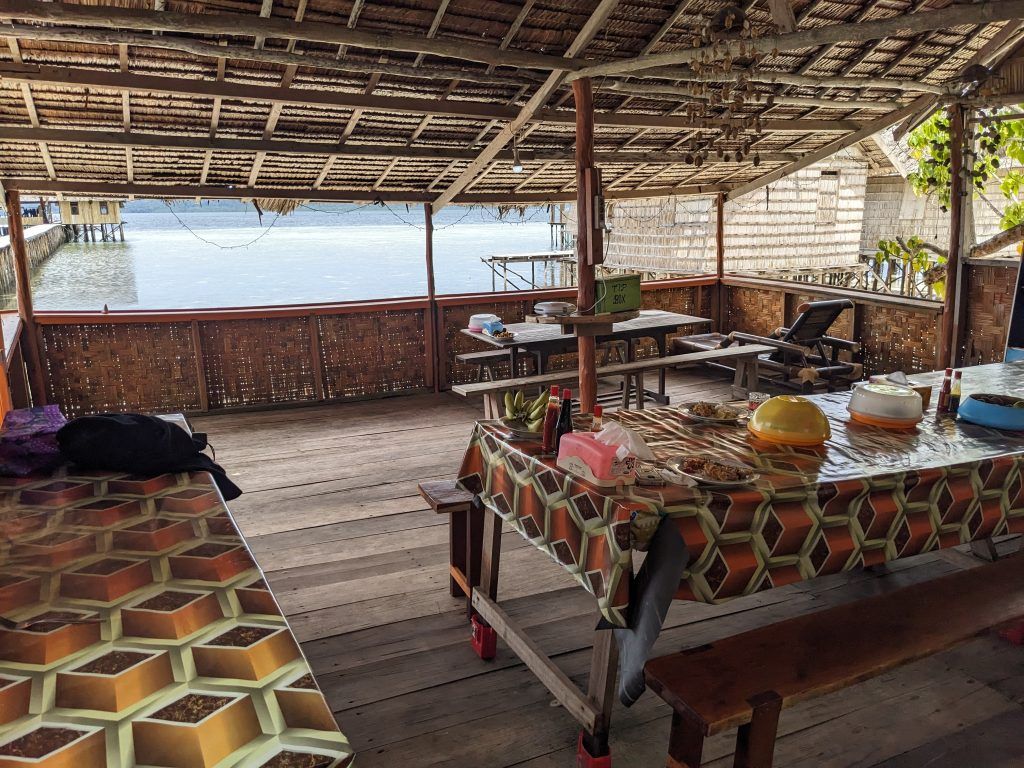
I dove with Soul Scuba which has their dive shop on the edge of the Yenbuba jetty.
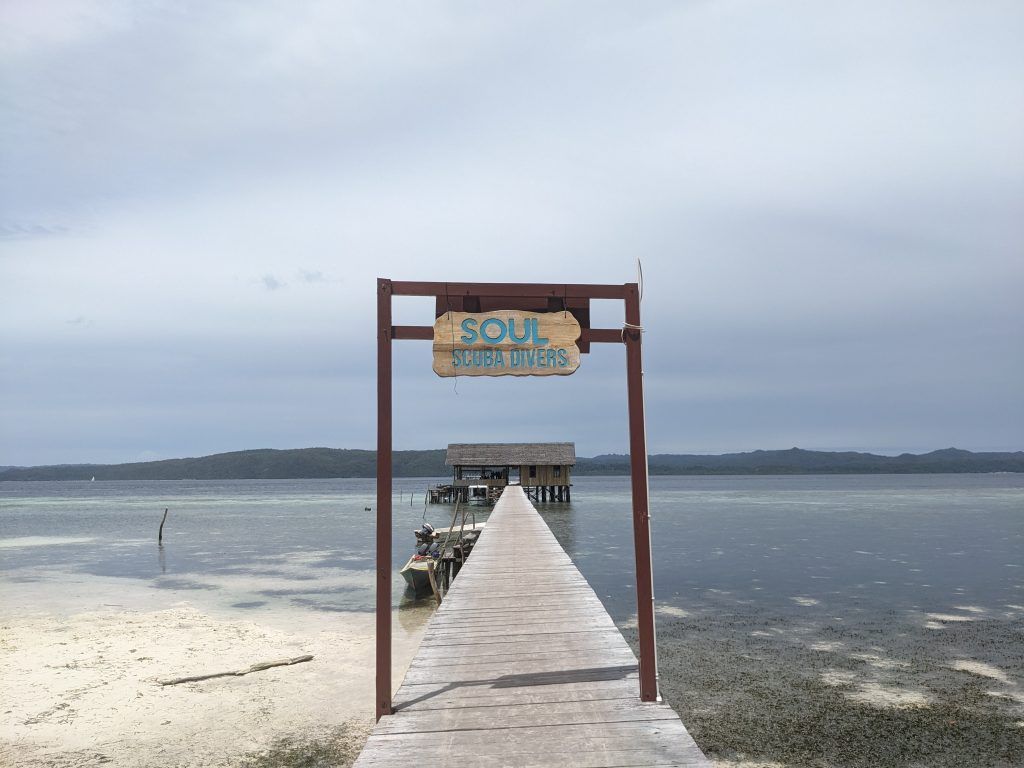
It’s a really relaxed place to dive from.
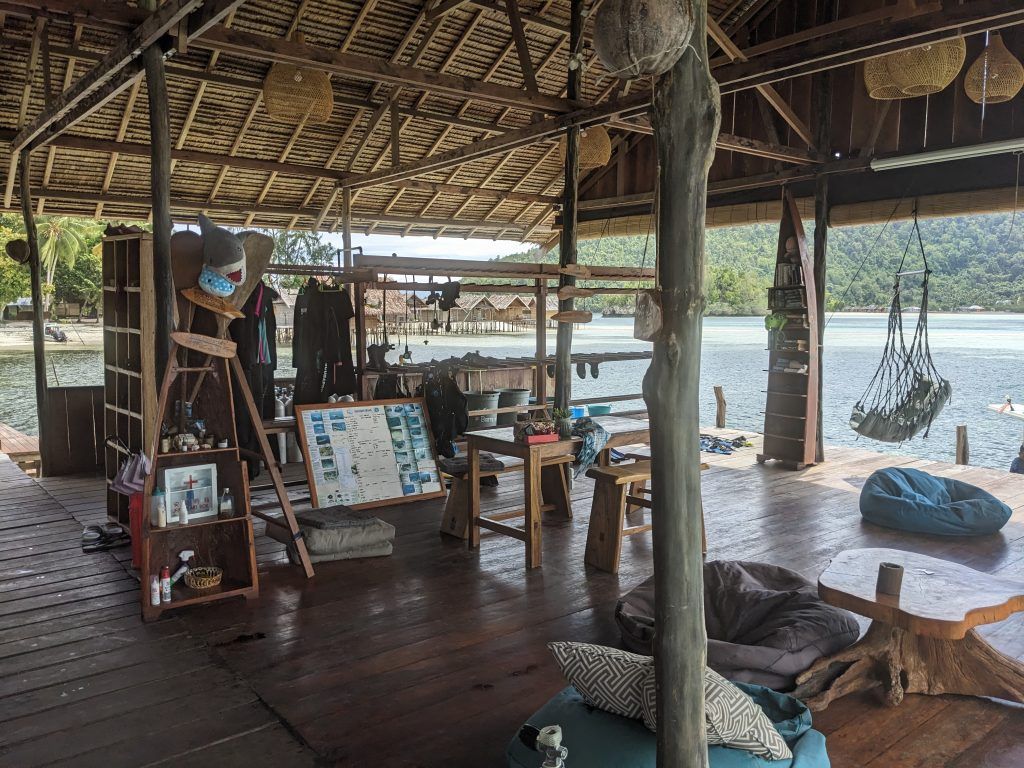
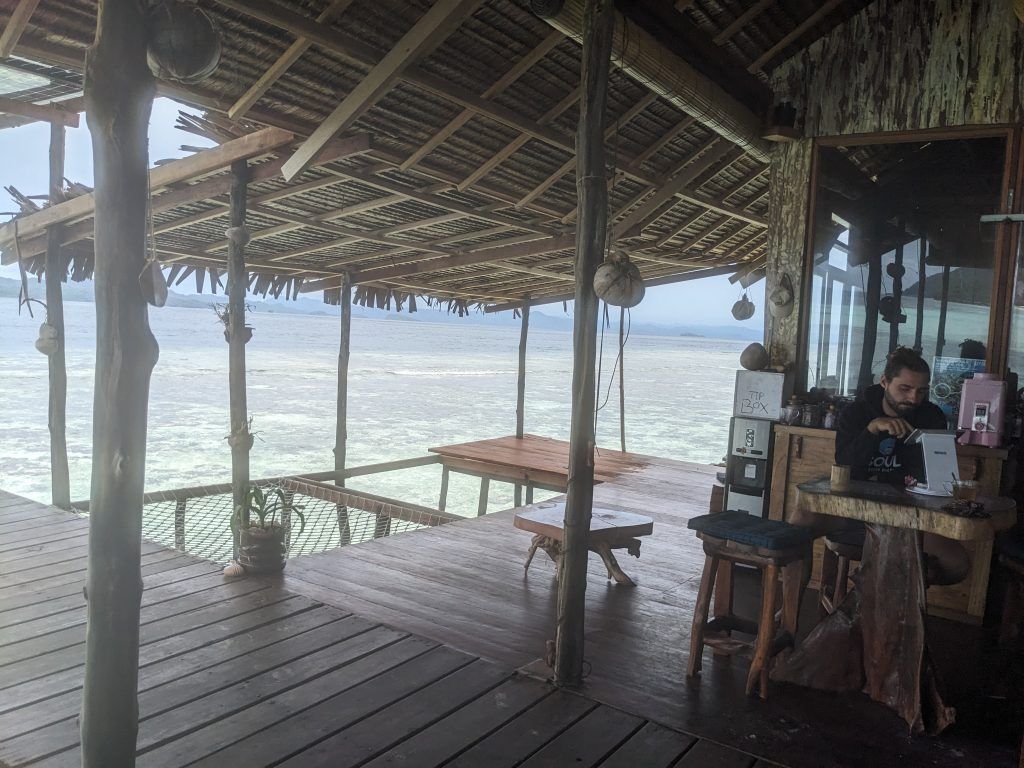
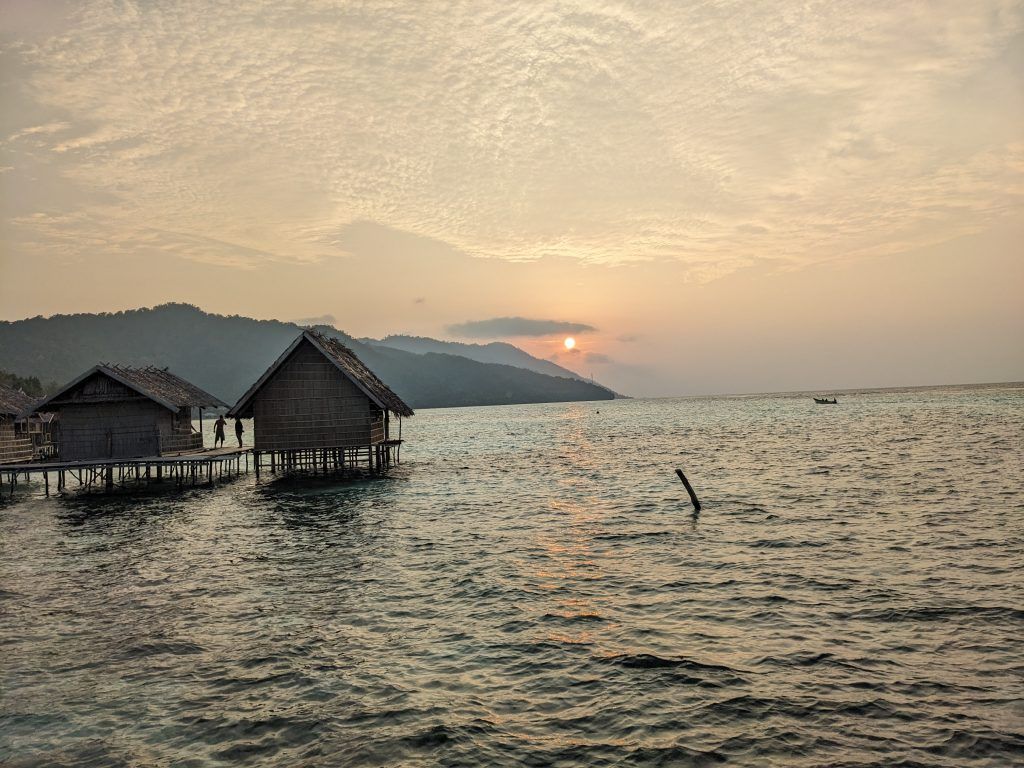
The Diving
The real reason to come to Raja Ampat is the diving. It has what is considered to be the richest marine biodiversity on Earth with over 1,600 species of fish and around 75% of the world’s known coral species.
I found the diving to be outstanding, but it wasn’t any more spectacular than many of the other places I dove at in Indonesia. I think what sets it apart is the cumulative number of sites where, dive by dive, you slowly accumulate a rich tapestry of experiences.
I was there during the Manta Ray season. They arrive to feed on the abundance of plankton throughout Raja Ampat. The downside to all this plankton is that the water visibility can be compromised in many areas.
On the first afternoon we saw this manta ray glide by the house reef near our dive shop.
A couple of days later we went to Manta Ridge where we locked ourselves into reef hooks in the strong current and watched a score of mantas glide by. It seems they enjoy swimming through our bubbles which provides a sort of massage for them.
We also saw much smaller blue marble rays on some of our dives.
As you can see in these videos, the general sea life can be wonderful to dive through and around.
Some of the large fish groupings moved as if they were part of a deeply synchronized underwater ballet.
There were sections of incredibly healthy coral.
This octupus provided a wonderful show for our dive group. Most octupuses hide quickly when there are divers around. This one had no such fear of divers.
There was also a nice video of a cuttlefish – a relative of the octupus – hovering in place.
There were plenty of reef sharks and barracudas throughout our dives.
Wobbengong Sharks are strange creatures that spend most of the day sleeping under coral or rocks. Their name comes from the Australian Aboriginal word that means shaggy beard.
Two of the strangest looking fishes are crocodile fish and stone fish.
These two leaf seahorses are almost indistinguishable from actual pieces of seaweed leaves.
Two tiny pygmy seahorses can barely be seen on the fan coral.
A moray eel having its teeth cleaned.
A beautiful jellyfish floats past.
I saw one type of batfish while diving and another type while snorkeling off our jetty.
